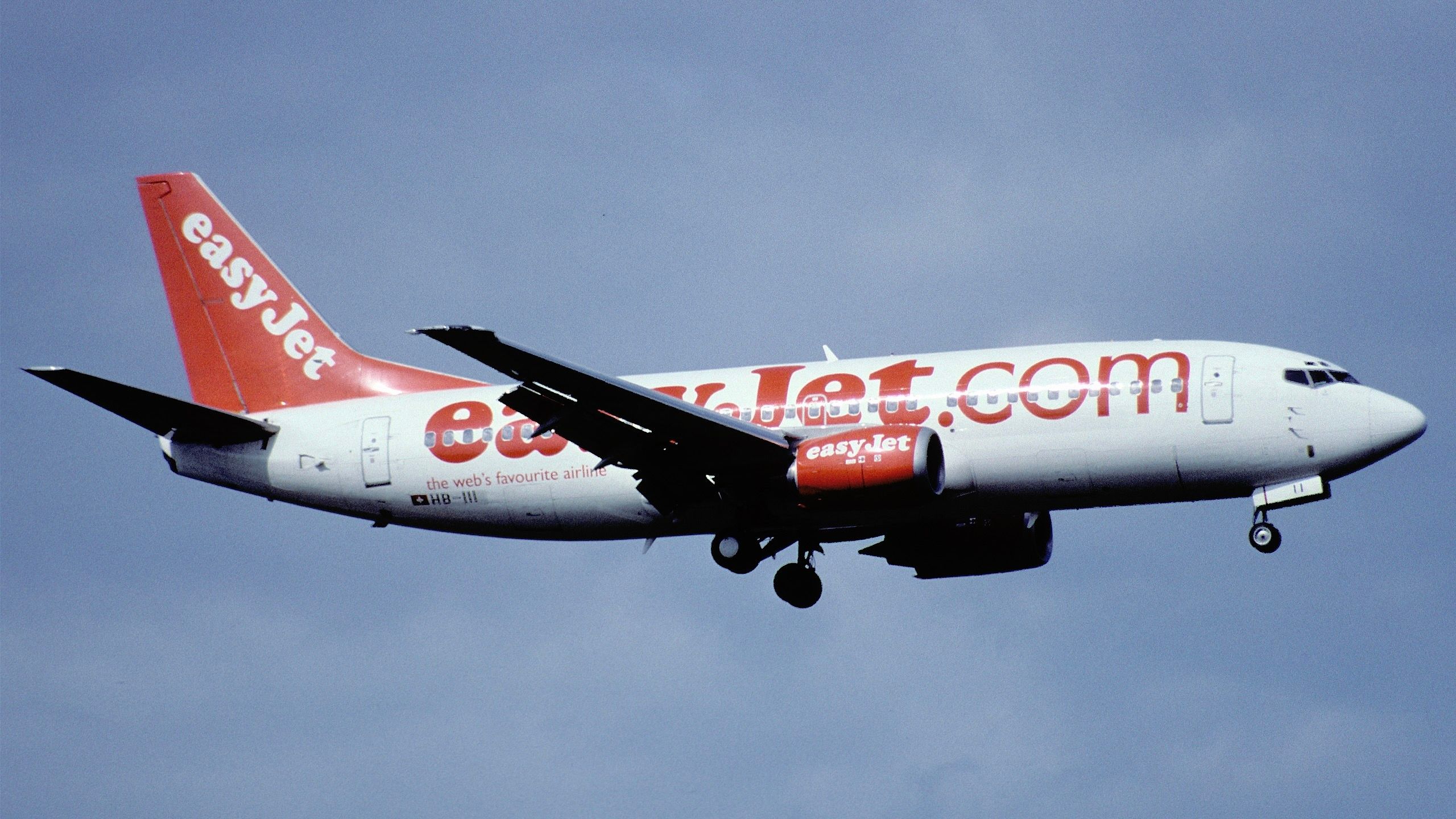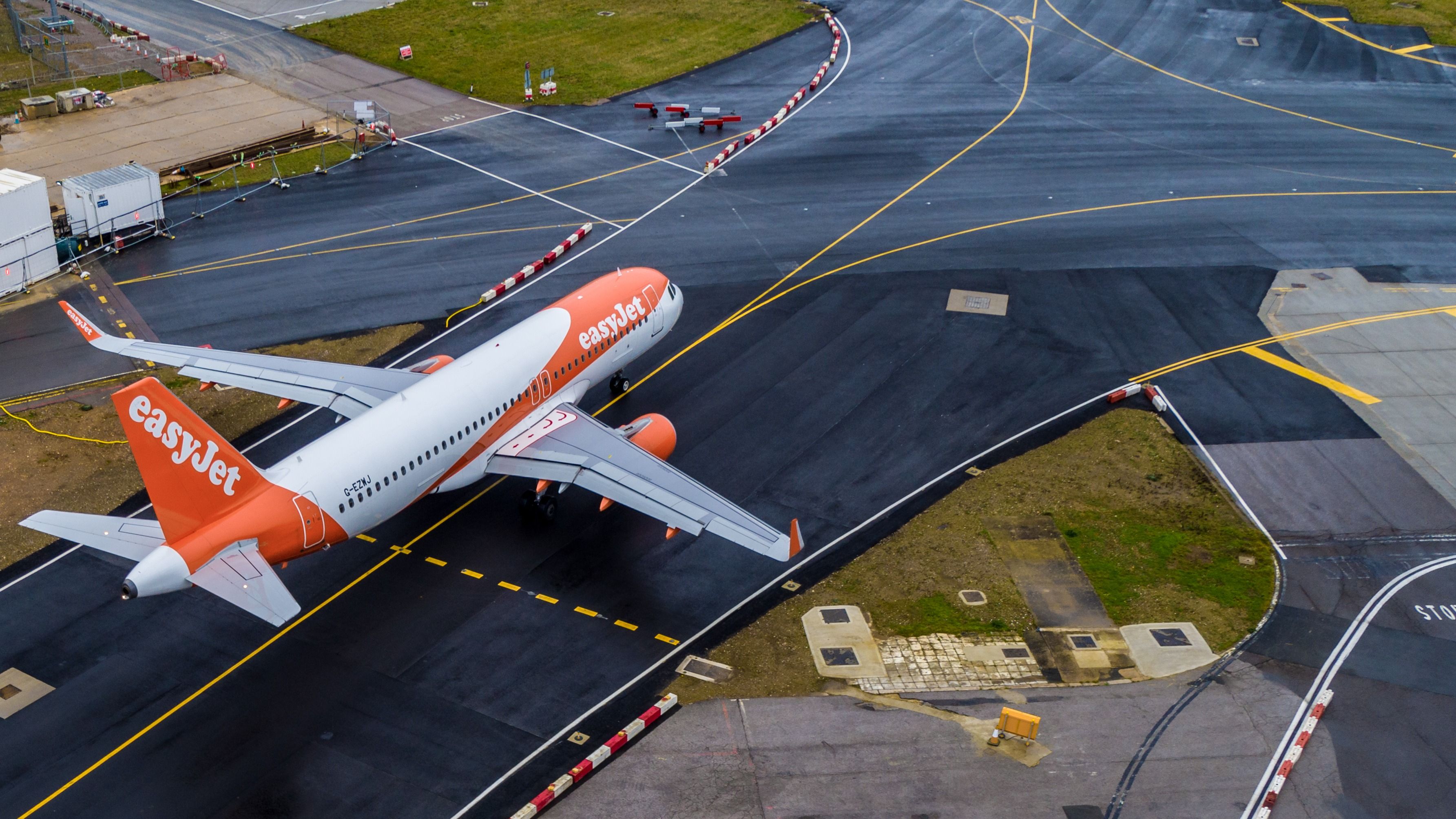Summary
- easyJet, founded in 1995, has become one of Europe's largest low-cost carriers, serving over 1,100 routes and 35 countries.
- The airline originally started with Boeing aircraft but now exclusively operates Airbus planes and is known for its low ticket prices.
- Despite the challenges of the pandemic, easyJet remains optimistic and is exploring sustainable aviation options for a net-zero future.
easyJet is one of the largest carriers in Europe, flying on more than 1,100 routes to over 35 countries. The airline uses its fleet of Airbus A320 family narrowbodies to conduct its low-cost operations across Europe and beyond. Based in Luton, United Kingdom, the company has grown to become a household name in several industries since its founding just over a quarter of a century ago.
The carrier’s history started in March 1995. This was when Greek-Cypriot entrepreneur Sir Stelios Haji-Ioannou chose Luton Airport as the site to base his new airline. The operator went on to become a low-cost powerhouse, with a network that covers most of Europe, the Middle East, and North Africa. Originally a Boeing airline and now an Airbus fan, easyJet hasn’t recorded a single fatal crash, leading to its label as one of the world's safest airlines.
The price is right
Sir Stelios had a goal of offering low-cost fares for passengers in Europe. Thus, easyJet’s initial flights were launched at the end of 1995, which were both services to Scotland. The first route was between Luton and Glasgow, launching on November 10th. Following this, Luton-Edinburgh began on November 24th.
Customers loved the low ticket prices, costing as little as £29 ($39) one way. We may be used to these sorts of short-haul prices today, but at the time, they were something really quite revolutionary.
While easyJet is exclusively an Airbus carrier today, this was not always the case. It launched its first flights with two Boeing 737-200 jets, registration G-BECH and G-BECG. These narrowbodies joined the firm on November 9th and November 10th in its first year.
A further 84 737s would arrive at easyJet’s facilities. The first of these to be wholly owned was delivered in April 1996. The airline’s first international service then followed, which was a flight to Amsterdam.
The momentum continued throughout the 1990s, with easyJet opening its second UK base, at Liverpool Airport, in 1997. The carrier then went on to take advantage of the .com boom. In 1998, the carrier began promoting tickets on easyJet.com. This website would replace the carrier’s phone number on its livery.
Get the latest aviation news straight to your inbox: Sign up for our newsletters today.
Into the new millennium
The arrival of the 21st century saw easyJet officially have its shares admitted to the London Stock Exchange. With this corporate move, the carrier expanded its national presence by launching a base at London Gatwick in December 2001, an initiative that was marked with the sale of the ten millionth seat online. The expansions wouldn’t stop, with the carrier merging with Go in the summer of 2002 to create a low-cost behemoth.
2003 would be the year that easyJet would enter its first Airbus unit into service. The A319 was first deployed on flights to Geneva.
In May 2005, the airline welcomed its 100 millionth passenger. Always jumping on the momentum of new technology initiatives, the company became the first major low-cost airline to offer online check-in for its passengers in the UK.
Having to adapt
easyJet continued its rise into the 2010s. It became the largest British airline with 500 itineraries, and numerous Airbus A320 family aircraft would arrive throughout the decade. Today, easyJet holds a fleet of 95 A319s, more than 220 A320s, and 15 A321s.
Check out all the latest European aviation news here.
easyJet would have hoped for better conditions as it celebrated its 25th anniversary in 2020, but it actually reported its first annual loss ever amid the complications of the pandemic.
Nonetheless, the airline remained excited for the future, looking at modern solutions such as sustainable aviation fuels, electric aircraft, and hydrogen propulsion options as it targets net-zero operations in the coming decades.
Notably, the airline has been working with the likes of Rolls-Royce to test hydrogen aircraft. Earlier this year, the company welcomed the UK government's green hydrogen commitment, with its CEO Johan Lundgren highlighting that support is needed in key technologies to enable a net-zero aviation ecosystem.
Looking ahead
The dark days of the global health crisis look to be a thing of the past for easyJet, particularly when it comes to its financials. Despite having to deal with flight cancellations over the last few summers, it has been reporting healthy numbers on its book. It recorded pre-tax profits of £203 million ($255 million) for the three months up until the end of June, a turnaround from a £114 million ($143 million) loss in the same period in 2022. Altogether, it predicts record profits by the end of this summer.
The airline will be looking forward to celebrating more milestones in the coming decade. It has managed to adapt well over the years and shows no signs of slowing down.
What are your thoughts about easyJet’s history? What do you make of the airline’s journey over the years? Let us know what you think of the carrier and its operations in the comment section.


